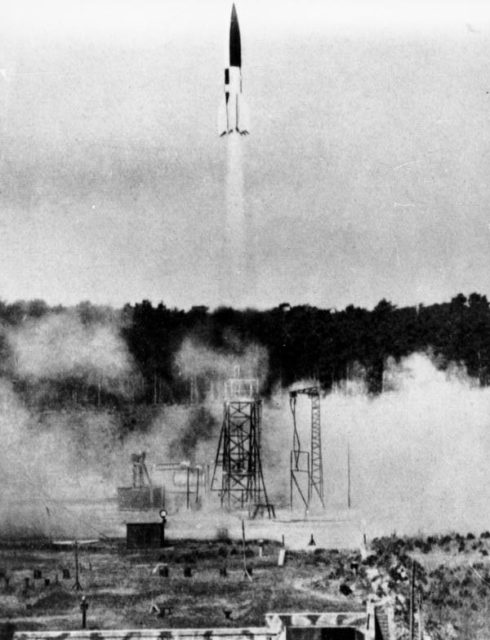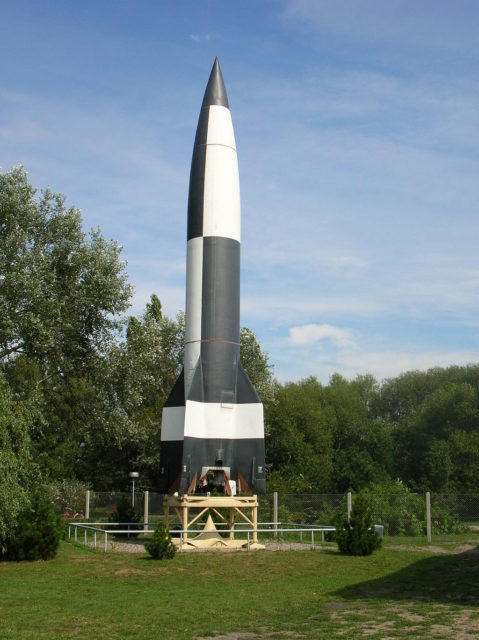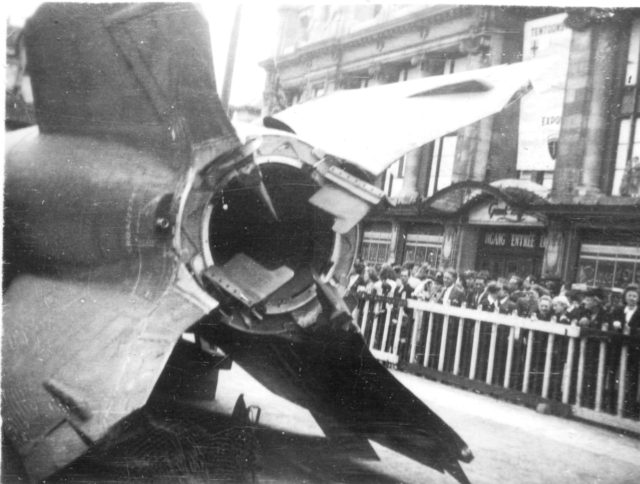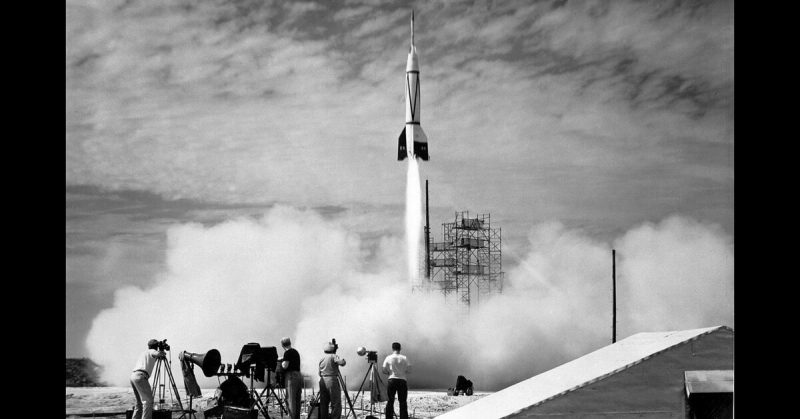The V2 rocket and its predecessor V1 had the potential to transform the Second World War. The world’s first long-range unmanned missiles, they were a potent weapon in the German arsenal.
Hitting London in the summer of 1944, their arrival came as a tremendous shock to most people. The British military, however, already had some idea of what was coming. How they achieved this and how they responded to the rockets were characteristic of Allied efforts in WWII.
The Oslo Report
The first hint of German military rockets came via the Oslo Report. This collection of German military secrets was delivered anonymously to the British in late 1939. It came from a disaffected German scientist and included information about projects including what would become the V1 and V2 rockets.
Unfortunately, the British had no way of verifying whether the report was accurate. Many suspected it was the work of German intelligence, trying to trick the British into chasing false leads. It was only after many months, as evidence of its accuracy mounted that the report was taken seriously.
Whispers and Small Talk
The rocket section of the Oslo Report proved unproductive until two years later. Then rumors began to emerge from resistance sources and agents on the continent. There appeared to be a secret research station at Peenemünde in Mecklenburg-Vorpommern, Germany, where important work was taking place.

These rumors were confirmed in March 1943 thanks to a bug in a prison cell. Captured in Libya, German Generals Cruewell and von Thoma were locked up together. Not knowing their captors were listening in, they talked about a variety of things of value to the Allies. It included information von Thoma had received about rocket research as well as speculation about how the research might have progressed since his capture.
Technical Details
Now they knew what they were looking for; Allied intelligence started pulling together pieces of the puzzle. A variety of different data, carefully used, helped them gain a fuller picture of the importance of Peenemünde.
First came intelligence from Ultra, the British interception and decryption of high-level Nazi communications. It showed that German signals troops who had been involved in the previous high-tech bombing research were on their way to Peenemünde.
Next came information from the French resistance, confirming and expanding upon what the Allies knew. Then a sketch of a rocket was smuggled out of Luxembourg.
Finally, photographic reconnaissance of Peenemünde showed what everyone feared – rockets. Something devastating was in the works.
Evacuation Plans
The initial response of some politicians was to panic. This previously unknown weapon would allow the Nazis to launch unopposed strikes against targets in Britain. Unlike bombers, the rockets could not be shot down by the RAF.
The British Home Secretary Herbert Morrison was among those at the more nervous end of the spectrum. He prepared a plan to evacuate London if rockets started falling on the city.
Some of the responses might have shown signs of panic, but at least they shared one thing; the British leadership was paying attention to the V rockets.
The Peenemünde Raid
The most productive part of the British response came on August 17, 1943. A massive bombing raid was launched against Peenemünde. The rocketry research facility was destroyed. Development and production of the rockets were severely disrupted.
In retrospect, this seems the only logical response to the situation. At the time, it took political pressure on Bomber Command to make it happen. Sir Arthur Harris, the head of Bomber Command, believed the most effective action he could do was continue massive area bombardment of German industry. A targeted strike against Peenemünde interfered with this.
After the raid, the Germans were forced to set up a new V2 station. It was at Blizna in Poland.

Confirmation of Two Weapons
Details of what the Germans were working on remained sketchy. The intelligence gathering effort to find out more continued. Again, multiple sources were brought together to create a full picture.
A report from a German suggested there were two weapons; the V1 and the V2. “Alliance,” a French Resistance network, gathered and sent information about the V2. Signals decrypted by the Ultra program confirmed the V1 also existed.
By the end of 1943, nearly 200 reports relating to the rockets had been collected. Some came from prisoners of war. Some were from men who had been forced laborers at Peenemünde. Some of the most valuable came from French Resistance members André Comps and Michel Holland, who provided information about launch sites, including the fact they were lined up to be launched on London.
The next year, as the rockets were about to go into action, one came down in Poland. A resistance leader gathered debris from the rocket. He then carried a sackful of it across Poland and delivered it to a secret airstrip. From there it was taken to Britain, allowing engineers to have a first-hand look at the rocket technology.

The Attacks Come
Having identified the V1 launch sites in northern France, the Allies set to attacking them. Massive bombing raids were initiated in the hope of putting the launch sites out of action. Once again, the value of targeted bombing was demonstrated.
It was not enough to stop the attacks. On June 13, 1944, the first V1 hit London. On September 8, the first V2 hit.
Combined Intelligence
British efforts to understand the V1 and V2 rockets were a tribute to the power of combined intelligence. Specialists in a wide range of fields helped to create a picture of what was out there. Plans were developed to counter them, leading to crucial delays in the deployment of the rockets. Critically, they were not available for use against the Normandy landings of D-Day and onward.
It was not a perfect response, but it showed how much Allied intelligence could achieve. The Peenemünde attack also showed what targeted bombing could have achieved, but for Bomber Command’s obsession with another strategy.
Source:
Ralph Bennett (1999), Behind the Battle: Intelligence in the War with Germany 1939-1945.
